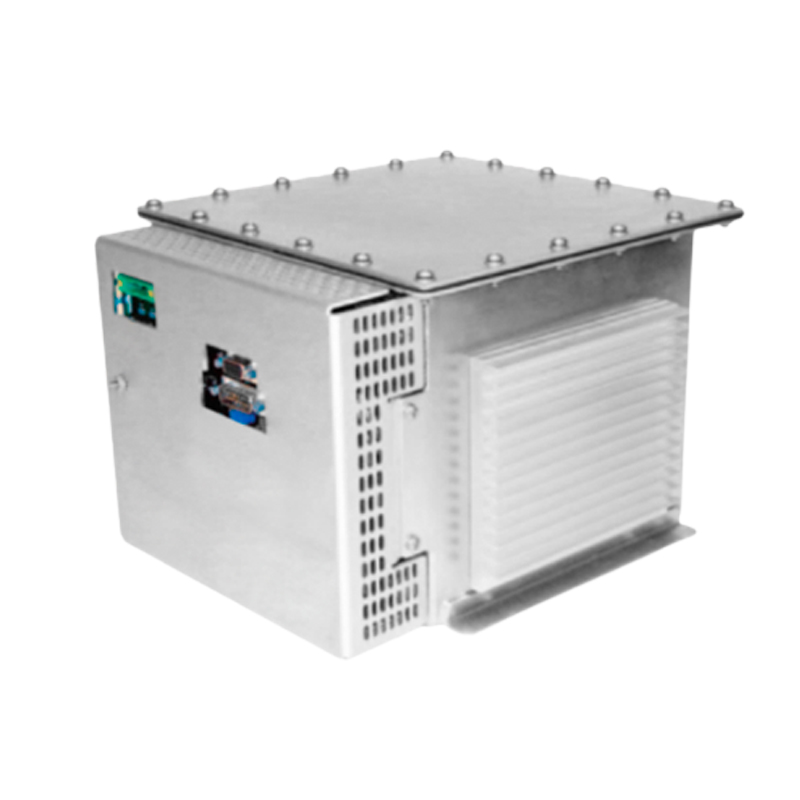The Load Adaptability of Low Ripple High Voltage Power Supplies
In many application scenarios with strict requirements for power quality, low ripple high voltage power supplies play an indispensable role. Their load adaptability is one of the key indicators for measuring power supply performance, directly affecting the stability and reliability of system operation.
Load adaptability mainly refers to the ability of a low ripple high voltage power supply to maintain stable output when connected to different types of loads with different impedance characteristics. Ideally, regardless of how the load changes, the power supply should be able to provide a constant high voltage and maintain a very low ripple level. However, the load conditions in practical applications are complex and diverse, posing many challenges to the power supply.
When facing a resistive load, a low ripple high voltage power supply is relatively easy to handle. The characteristics of a resistive load are relatively stable. The power supply only needs to adjust the output current according to Ohm's law to maintain a constant voltage output. Even so, if the resistance value changes within a large range, the feedback control system inside the power supply still needs to respond quickly to ensure that the ripple does not increase significantly.
Capacitive loads pose a greater challenge to low ripple high voltage power supplies. During the charging and discharging processes of a capacitor, instantaneous changes in current will occur. When the power supply is connected to a capacitive load, at the moment of connection, the capacitor is equivalent to a short circuit, resulting in a large inrush current. This requires the power supply to have a strong instantaneous current supply capacity, and at the same time, the output voltage should not fluctuate significantly, otherwise the ripple will rise sharply. To deal with this situation, the power supply usually needs to be equipped with special current limiting circuits and fast response voltage stabilizing circuits to ensure stable operation under capacitive loads.
Inductive loads cannot be ignored either. Inductors have the characteristic of impeding current changes. When the power supply supplies power to an inductive load, the current cannot be established instantaneously, which will cause changes in the output voltage of the power supply. And when the current is cut off, the inductor will generate a counter electromotive force, which may damage the power supply. A low ripple high voltage power supply needs to suppress the counter electromotive force generated by the inductive load through appropriate circuit design, such as adding a free wheeling diode, to ensure the normal operation of the power supply under inductive loads and maintain a low ripple output.
There are many factors affecting the load adaptability of low ripple high voltage power supplies. In addition to the above mentioned load types, the power design, control strategy, and performance of the filter circuit of the power supply are all crucial. A reasonable power design ensures that the power supply has sufficient capacity to meet the power requirements of different loads; an advanced control strategy can quickly and accurately adjust the output parameters; and an efficient filter circuit is the key to reducing ripple and ensuring output stability.
In conclusion, the load adaptability of low ripple high voltage power supplies is a complex and comprehensive issue, involving the interaction between the power supply and the load and the coordinated work of multiple key parts inside the power supply. Only by deeply understanding and properly solving these problems can the low ripple high voltage power supply operate stably and reliably under various complex load conditions, providing a solid power guarantee for high precision application systems.




















